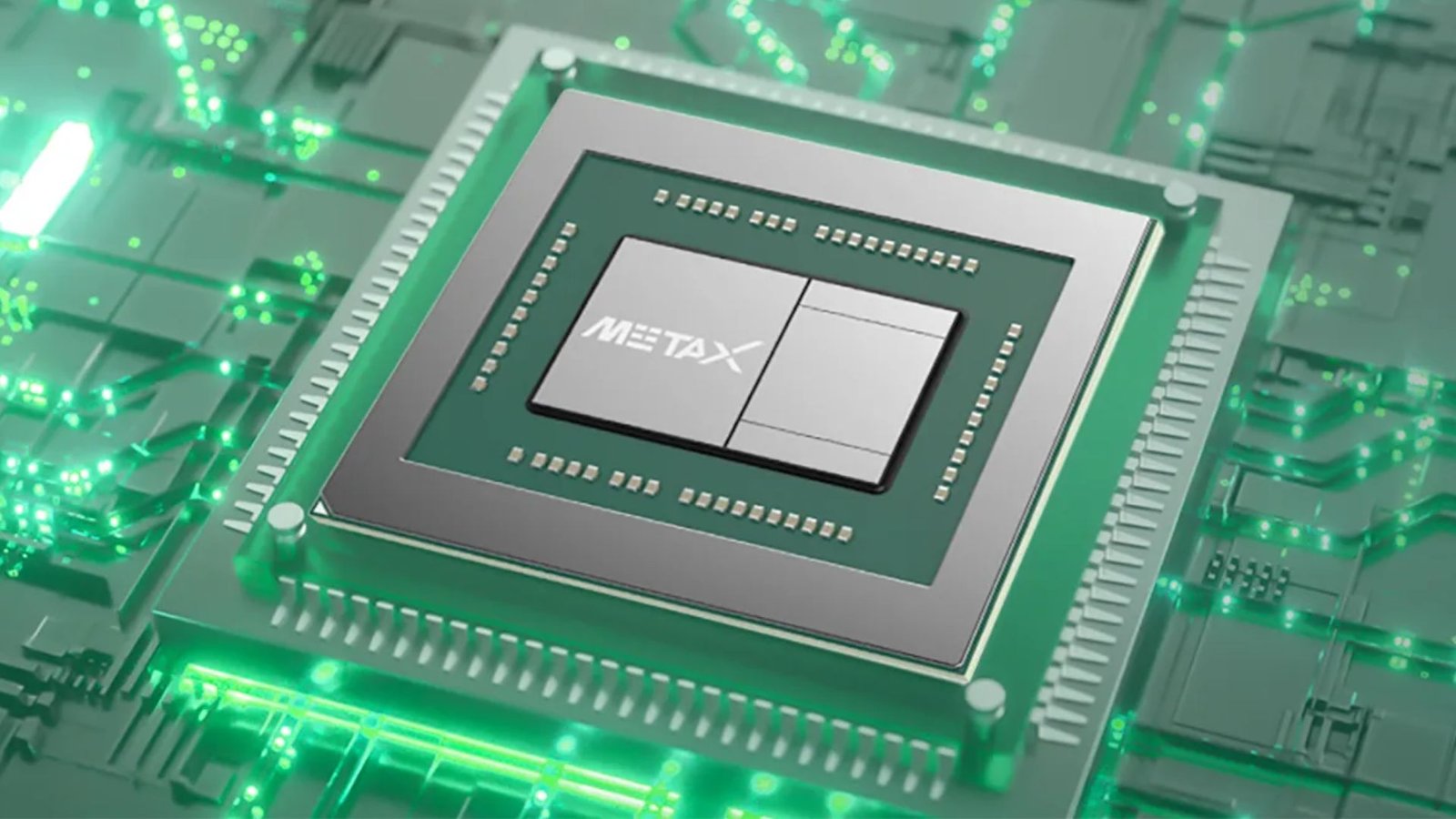Tools & Platforms
Point/Counterpoint: Relax, history suggests AI won’t take away our jobs – Duluth News Tribune

Read enough headlines about artificial intelligence and you can be excused for thinking that we’re headed for a dystopian future ruled by AI-powered robot overlords. Mass unemployment, including people being forced to train their robot replacements to get that last paycheck, seems to be a common theme in the latest dire forecasts.
Don’t panic. It is helpful to look to history because we’ve gone through these technology-will-destroy-jobs cycles before, and we can see familiar patterns.
Historically, new technologies have transformed the economy in disruptive but positive ways. While some jobs do go away, they tend to be the ones involving manual labor and drudgery. What’s more, new technology creates new opportunities, even whole new industries.
AI is a catch-all term. It generally refers to computer programs like ChatGPT that can seemingly think and create. These programs are complex tools that try to synthesize data from existing sources. AI doesn’t actually think; it imitates what is within its database, with current versions doing it at a higher level than was possible previously. AI can be a valuable tool to automate tedious, repetitive tasks.
Advances have led to fear that AI will do to more intellectual professions what earlier automation did to factory production: eliminate jobs. News outlets will employ AI programs instead of reporters. Films will have AI-generated actors and scripts. Limiting the future use of AI was a significant issue in recent Hollywood strikes by the Writers Guild of America and SAG-AFTRA, the actors’ union.
Manufacturing is a good case study in how new technology transforms work. About 18 million people worked in manufacturing jobs in the United States in January 1980, according to the Labor Department. Since then, factories have become heavily automated, and today the number of manufacturing jobs is 12.7 million. Despite this transition, the unemployment rate is 4.2%, two full points below the January 1980 rate of 6.5%, and the U.S. economy produces more than ever.
Over time, factory workers went from doing things like spray painting assembly-line cars to supervising the machines that did the painting, which was safer and more productive; or they found jobs elsewhere that were made possible by automation. Meanwhile, cars became cheaper to buy.
The transition was hard for some people, but we came through it with more jobs overall.
That scenario likely holds for 21st-century AI. A World Economic Forum study found that AI and related technology will create 11 million jobs while displacing 9 million, for a net gain of 2 million. It will also open up new opportunities. Small-business owners who create those
you see on TV will have new tools to develop fancier, more professional-looking awkward ads.
Another historical point to remember is that new technology rarely lives up to its early hype. AI is in a gold-rush stage, with corporations racing to invest in it based on extravagant promises about AI’s potential capabilities. New waves of technology often come with promises that they will be able to perform miracles, promises that should be viewed skeptically.
In the aughts, for example, we were told that embryonic stem cells would soon allow paraplegics to walk. Some touted 3-D printing as readily giving everyone the replicator technology from “Star Trek,” rather than more Minecraft fridge ornaments. And so on.
Even transformative technology, like the internet, changes things in unexpected ways. Remember when the internet was supposed to make it easier to preserve and access reliable information, rather than drowning us in a sea of trivial and often unreliable data?
Since AI can only imitate rather than think, companies that rely exclusively on it instead of actual human minds do so at their own peril. The derisive term “slop” has already come to be associated with AI-generated art thanks to its habit of getting details like human anatomy wildly wrong. AI writing programs have also shown the curious habit of “
” research that does not exist. The FDA, for example, used an AI program to speed up drug approvals, but it sometimes
relied on studies that didn’t exist
. This failure forced the FDA to assign more staffers to vet the AI-produced studies and weed out the ones based on false data.
Yes, AI technology will continue to improve, but the sci-fi future of thinking machines is still a long way off. Until then, AI is just another tool, and tools will always need human minds and hands to operate them.
Sean Higgins is a research fellow with the
Competitive Enterprise Institute
(cei.org), a nonprofit libertarian think tank founded in Washington, D.C.
(InsideSources photo)
Tools & Platforms
China unveils ‘world’s first’ brain-like AI, 100x faster on local tech

Researchers at the Chinese Academy of Sciences’ Institute of Automation in Beijing have introduced a new artificial intelligence system called SpikingBrain 1.0.
Described by the team as a “brain-like” large language model, it is designed to use less energy and operate on homegrown Chinese hardware rather than chips from industry leader Nvidia.
“Mainstream Transformer-based large language models (LLMs) face significant efficiency bottlenecks: training computation scales quadratically with sequence length, and inference memory grows linearly,” said the researchers in a non-peer-reviewed technical paper.
According to the research team, SpikingBrain 1.0 performed certain tasks up to 100 times faster than some conventional models while being trained on less than 2% of the data typically required.
This project is part of a larger scientific pursuit of neuromorphic computing, which aims to replicate the remarkable efficiency of the human brain, which operates on only about 20 watts of power.
“Our work draws inspiration from brain mechanisms,” added the researchers.
To replicate efficiency of human brain
The core technology behind SpikingBrain 1.0 is known as “spiking computation,” a method that mimics how biological neurons in the human brain function.
Instead of activating an entire vast network to process information, as mainstream AI tools like ChatGPT do, SpikingBrain 1.0’s network remains mostly quiet. It uses an event-driven approach where neurons fire signals only when specifically triggered by input.
This selective response is the key to reduced energy consumption and faster processing time. To demonstrate their concept, the team built and tested two versions of the model, a smaller one with 7 billion parameters and a larger one containing 76 billion parameters. Both were trained using a total of approximately 150 billion tokens of data, a comparatively small amount for models of this scale.
The model’s efficiency is particularly notable when handling long sequences of data. In one test cited in the paper, the smaller model responded to a prompt consisting of 4 million tokens more than 100 times faster than a standard system.
In a different test, a variant of SpikingBrain 1.0 demonstrated a 26.5-fold speed-up over conventional Transformer architectures when generating just the first token from a one-million-token context.
Stable performance
The researchers reported that their system ran stably for weeks on a setup of hundreds of MetaX chips, a platform developed by the Shanghai-based company MetaX Integrated Circuits Co. This sustained performance on domestic hardware underscores the system’s potential for real-world deployment.
These potential applications include the analysis of lengthy legal and medical documents, research in high-energy physics, and complex tasks like DNA sequencing, all of which involve making sense of vast datasets where speed and efficiency are critical.
“These results not only demonstrate the feasibility of efficient large-model training on non-NVIDIA platforms, but also outline new directions for the scalable deployment and application of brain-inspired models in future computing systems,” concluded the research paper.
Tools & Platforms
Flexential Hires Greg Ogle as CIO to Accelerate IT Transformation and AI Strategy
Data center veteran to drive AI integration and advance security across Flexential’s operations and customer-facing systems
DENVER, Sept. 10, 2025 /PRNewswire/ — Flexential, a leading provider of secure and flexible data center solutions, has appointed Greg Ogle as Chief Information Officer (CIO) to unify its internal technology systems, strengthen cybersecurity oversight, and lead the next phase of its digital and AI-enabled transformation.
Ogle brings more than 25 years of experience aligning enterprise IT with business goals, most recently as Vice President of Global IT Infrastructure and Cloud Operations at Equinix. In that role, he directed global networks, cloud platforms, and enterprise applications, and served a board-appointed term as the interim Chief Information Security Officer.
As Flexential’s CIO, Ogle will also oversee enterprise systems, cloud architecture, data governance, and AI integration. Additionally, he will shape IT policy and investment strategy, support compliance efforts, and modernize the company’s digital foundation. His appointment comes as demand for hybrid infrastructure and AI-ready capacity accelerates, and data center vacancy rates dipped to a low of 1.6% in primary North American markets earlier this year.
“Greg has a proven track record of leading IT in complex, high-stakes environments,” said Ryan Mallory, President & COO at Flexential. “He brings the operational discipline and forward-looking vision we need as we embed AI more deeply into our technology and processes. Greg’s leadership will ensure our systems are more intelligent, resilient, and efficient, enhancing both the employee experience and the way customers engage with our services.
Ogle’s immediate focus will be on unifying Flexential’s technology stack, building a standardized architecture for digital services, and embedding AI across IT operations. His broader strategy includes streamlining platform portfolios and engineering processes, as well as reinforcing governance through centralized tools and policies.
“Flexential is at a pivotal moment, where the convergence of AI, cloud, and hybrid infrastructure are reshaping how enterprises operate,” said Greg Ogle, CIO at Flexential. “I’m excited to build on Flexential’s strong foundation to deliver technology that is smarter, more secure, and more connected. My focus will be on ensuring our digital backbone not only supports today’s needs but also provides the resiliency and trust our customers require as we prepare for the opportunities of tomorrow.”
Ogle’s appointment follows a series of recent leadership moves at Flexential aimed at supporting its long-term infrastructure strategy. In July, the company appointed Thomas Bailey as Vice President of Energy and Matthew Baumann as Vice President of Site Acquisition to expand development capacity and secure long-term power access. Flexential has also raised approximately $1 billion from GI Partners, GI Data Infrastructure, Hamilton Lane, and Morgan Stanley Infrastructure Partners in the last 12 months to support its continued expansion.
For more information on Flexential’s secure infrastructure and flexible IT solutions, visit www.flexential.com.
About Flexential
Flexential empowers the IT journey of the most complex businesses by offering customizable IT solutions designed for today’s demanding high-density computing requirements. With colocation, cloud, connectivity, data protection, and professional services, the FlexAnywhere® platform anchors our services in 40+ data centers across 18 highly connected markets on a scalable 100Gbps+ private network backbone. Flexential solutions are strategically engineered to meet the most stringent challenges in security, compliance, and resiliency. Experience the power of IT flexibility and how we enable digital transformation at www.flexential.com.
Media Contact
Alison Brooker
Corporate Marketing
[email protected]
Christian Rizzo
Gregory FCA for Flexential
[email protected]
SOURCE Flexential

Tools & Platforms
Google Cloud CEO Says Tech Giant Has ‘Made Billions’ on AI

Google Cloud’s chief executive has reportedly outlined how the company is generating revenue through AI services.
-

 Business2 weeks ago
Business2 weeks agoThe Guardian view on Trump and the Fed: independence is no substitute for accountability | Editorial
-
Tools & Platforms4 weeks ago
Building Trust in Military AI Starts with Opening the Black Box – War on the Rocks
-

 Ethics & Policy1 month ago
Ethics & Policy1 month agoSDAIA Supports Saudi Arabia’s Leadership in Shaping Global AI Ethics, Policy, and Research – وكالة الأنباء السعودية
-

 Events & Conferences4 months ago
Events & Conferences4 months agoJourney to 1000 models: Scaling Instagram’s recommendation system
-

 Jobs & Careers2 months ago
Jobs & Careers2 months agoMumbai-based Perplexity Alternative Has 60k+ Users Without Funding
-

 Education2 months ago
Education2 months agoMacron says UK and France have duty to tackle illegal migration ‘with humanity, solidarity and firmness’ – UK politics live | Politics
-

 Education2 months ago
Education2 months agoVEX Robotics launches AI-powered classroom robotics system
-

 Podcasts & Talks2 months ago
Podcasts & Talks2 months agoHappy 4th of July! 🎆 Made with Veo 3 in Gemini
-

 Funding & Business2 months ago
Funding & Business2 months agoKayak and Expedia race to build AI travel agents that turn social posts into itineraries
-

 Podcasts & Talks2 months ago
Podcasts & Talks2 months agoOpenAI 🤝 @teamganassi

